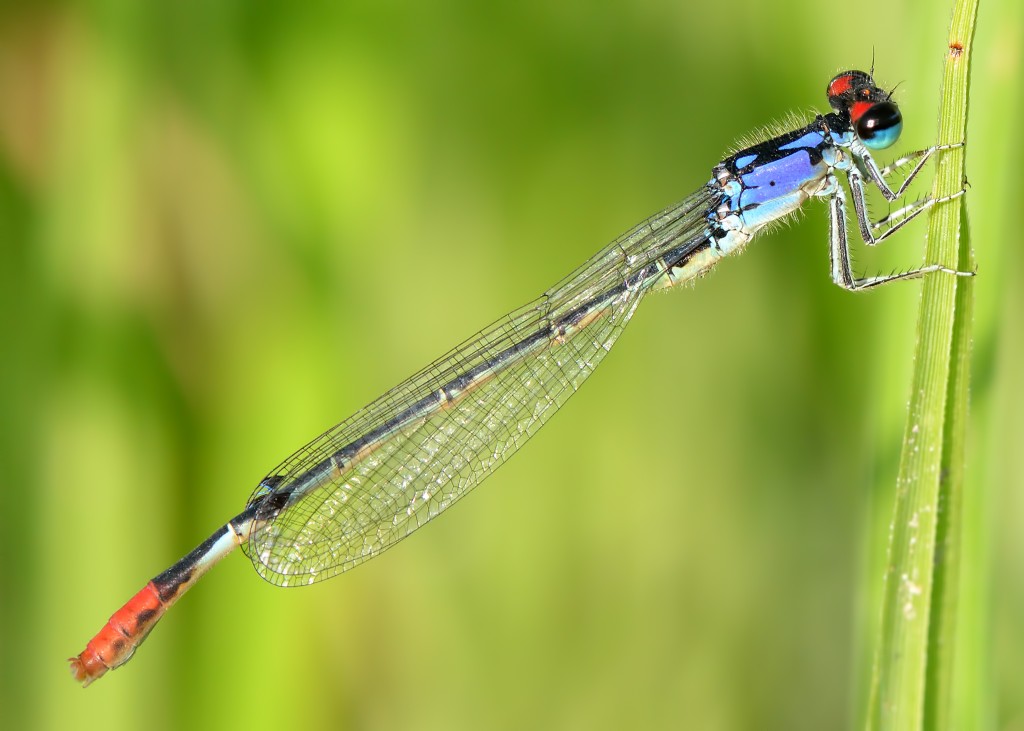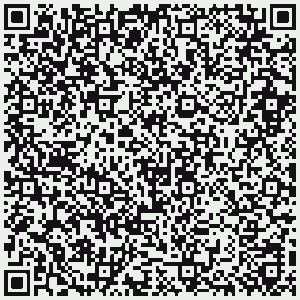
Macro lenses are to close subjects what telephotos are to the distant. A macro lens magnifies a subject well beyond what the viewer would see in real life. The macro opens a window into the world that exists beneath our gaze.
I bought my first macro lens in the early 1970s. I clearly recall shooting my first roll of film with that Canon 50 mm macro, and how transformed I felt when I viewed the slides for the first time. Those slides of roses were the work of a photographer, I thought.
Little changed in the world of macro for the next couple of decades. The lenses were short, and the film slow. A 50 mm is fine for roses, but for insects, forget it. There is simply not enough magnification or shutter speed to do an insect justice.

All of this has changed in recent years. Digital cameras, VR (vibration reduction) lenses, and post-processing software such as Photoshop have transformed macro photography. For a photographic interpreter, this transformation is radical. We are now interpreting subjects that before we could only show with a hand-drawn illustration or describe with text.
Look at the eyes of the royal river cruiser at the top of this article. A dragonfly’s eyes have over 30,000 facets or lenses. A dragonfly can see in every direction, and its eyes are sensitive to all of the colors we see as well as UV. Macro photography allows me to show the opalescent dragonfly eye, and to place my viewer at the conjunction of art and science.

Now look at the thorax of this Rambur’s forktail. Notice those small balls or globs gathered there? These are water mites, parasites that affix themselves to damselflies and spend most of their brief lives glued to the sides of this tiny insect. A Rambur’s forktail itself is difficult to see without optical aids, but the water mites are only visible in a macro photograph such as this.
Technologies such as digital photography are expanding the possibilities for interpretation, but only if interpreters are skilled in their adoption and their use. Technological advances are of little use if the basic skills are lacking. For those with those skills and talent, however, this new age of digital photography is a godsend.


